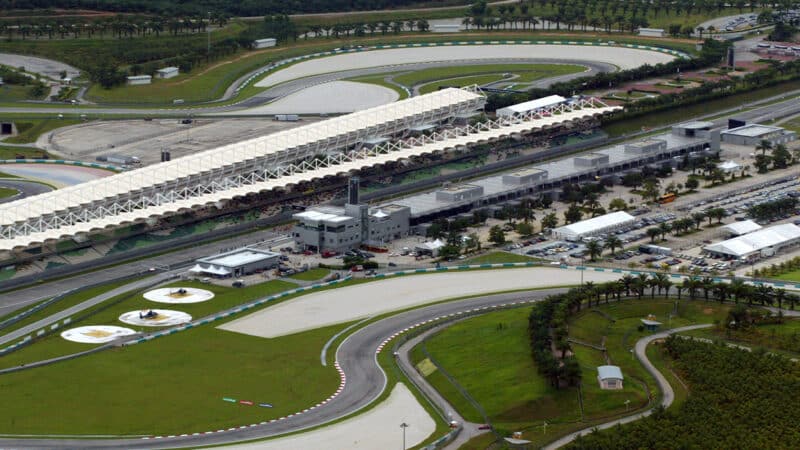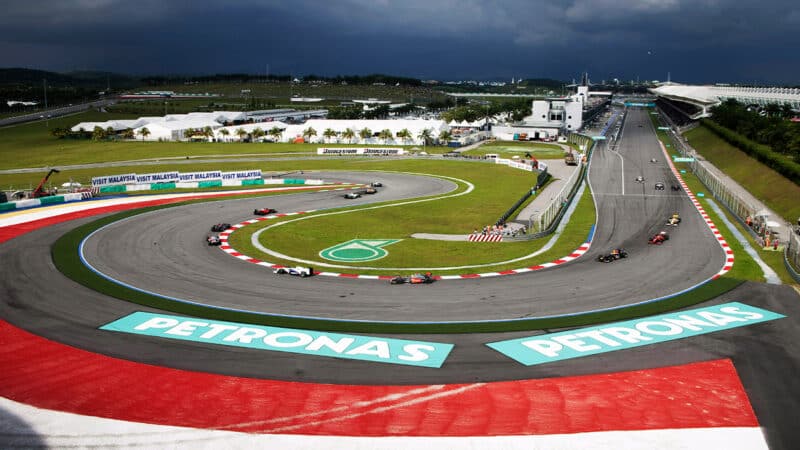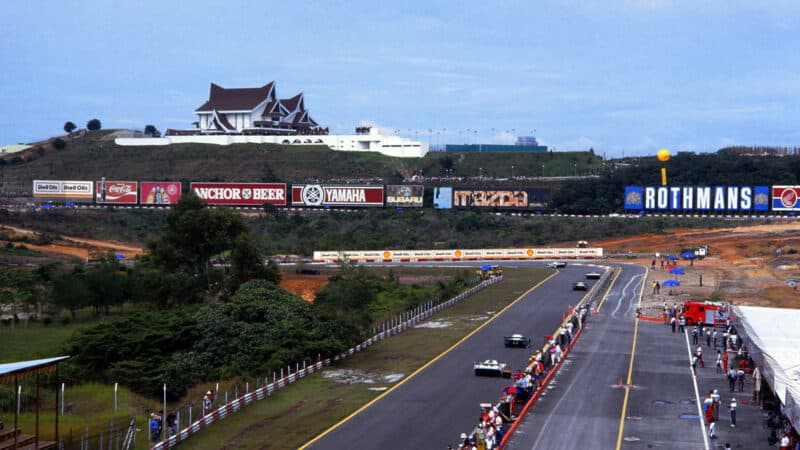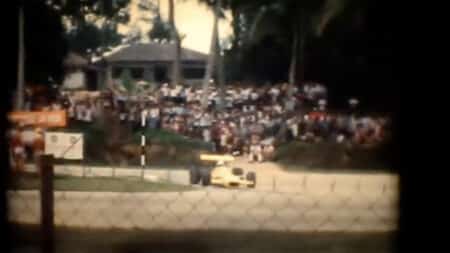Malaysia is a beautiful country, and Sepang is in a beautiful part of that beautiful country, the state of Selangor, on the west coast of peninsular Malaysia, its beaches lapped by the South China Sea. Most F1 folk used to stay at hotels near Kuala Lumpur International Airport, which is not actually in Kuala Lumpur at all – any more than London Gatwick or London Stansted or London Luton are in London – but is actually very near Sepang, and therefore very convenient for the Sepang circuit. But, although they are opulent and luxurious, they are soulless.
We, by which I mean my close colleagues and I, soon took to staying at the Avillion Resort, in Port Dickson, which was half the price and four times as nice. Moreover, it was off the beaten track, where tropical rainforests abound. Wherever you looked, you saw wildlife – squirrels, monkeys, lizards, snakes, and all sorts of migratory birds. I always used to book one of the water villas, which were huge and sat on stilts in the sea, and on whose wide open-air balconies I would sit in the evenings, sipping ice-cold beer, watching the sun set on the Strait of Malacca, squinting at a hazy outline of the Sumatran coast beyond.
Yes, Port Dickson is the thick end of an hour’s drive from Sepang, but what a drive! On Saturdays and Sundays, when traffic was light, we took to setting out for the circuit at the crack of dawn, the better to enjoy the brilliant roads – imagine an equatorial Clermont-Ferrand – which were largely empty at that time of day and were enormous fun, even in the gutless Proton Wira hire cars that were the regulation issue back then. We didn’t exactly race one another – we were too sensible for that, even 25 years ago – but we used to get a lick on in convoy, if I can put it that way. One morning, I rounded a fast left-hand bend just north of the village of Kampung Janging, to find a king cobra in the middle of the road, enjoying some daybreak sunshine. He reared up, ready to strike, but thankfully I swerved and avoided him, as did the gaggle of tyre-squealing Wiras behind.

Floodlit Sepang would provide an even more dramatic stage for F1’s greats
Edd Hartley/Sutton Images
I wish the F1 Malaysian Grand Prix still existed – but, when the F1 Singapore Grand Prix was inaugurated in 2008, becoming the first ever F1 night race, Malaysia’s F1 goose was effectively cooked, for Singapore was the more attractive venue from a business point of view, and F1 is a business every bit as much as it is a sport. Nonetheless, I always thought that there ought to be space for both races, on consecutive weekends, making a Southeast Asian back-to-back F1 festival. And here is a radical idea. Malaysia should have been the night race, and Singapore the day race. That way, fans, media, sponsors et al would have been able to enjoy the fabulous restaurants and nightlife of Singapore, and TV footage would have been able to showcase its fantastic cityscape all around the circuit, which attributes are largely wasted and therefore unappreciated currently, since the on-track action goes on until well after most restaurants and even nightclubs have closed, and the TV footage shows only light and dark.
Equally, had Sepang hosted F1’s first ever night race, its serpentine curves illuminated by floodlights, it would have carved out a reputation for itself – and a then unique niche – that might have preserved it on the F1 calendar until now. Besides, there are no great restaurants, and precious little nightlife, to enjoy in the evenings in or near the circuit. No, all that is in Kuala Lumpur, which is 65 miles (105km) away.
Oh and the Proton Wira blat back from Sepang to Port Dickson would have been even more fun, on what would have been completely deserted roads, save for the odd king cobra, had we been tackling them at 3am.



